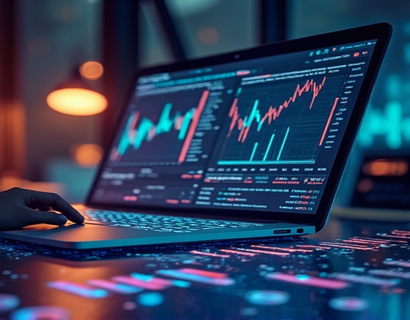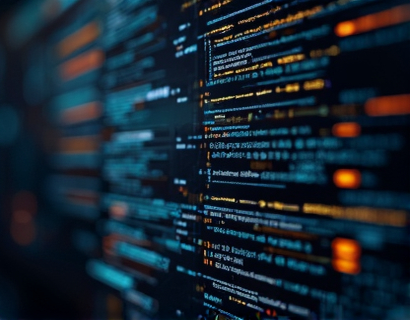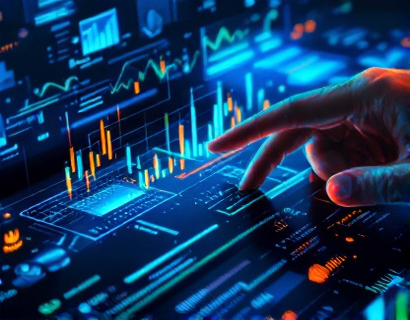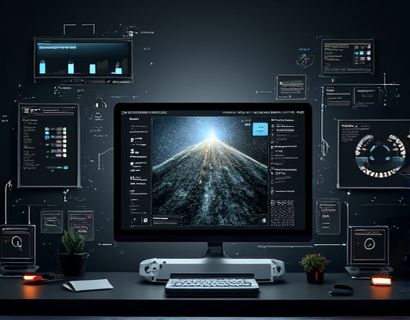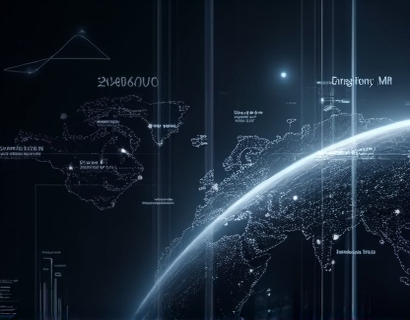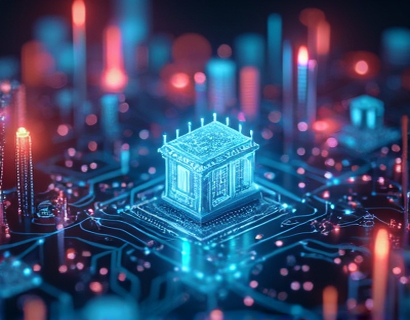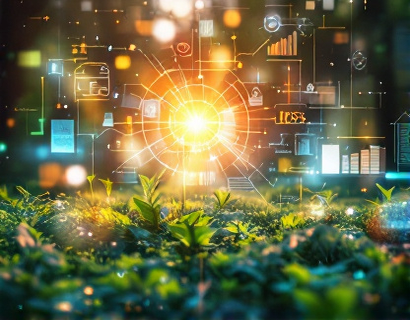Maximizing Aquaponics Business Success with Advanced Management Software
In the rapidly evolving world of sustainable agriculture, aquaponics stands out as a promising method that combines fish farming and hydroponic plant cultivation in a symbiotic environment. For aquaponics businesses, managing the intricate balance between water quality, fish health, and plant nutrition is crucial for success. Advanced management software plays a pivotal role in streamlining operations, boosting productivity, and enhancing sustainability. This article delves into how such software can transform the way aquaponics is managed, offering precise monitoring, control, and optimization of the entire system.
Understanding the Challenges in Aquaponics Management
Aquaponics systems are complex ecosystems where the health of fish and plants is interdependent. Maintaining optimal conditions requires constant monitoring of parameters such as pH levels, ammonia and nitrite levels, temperature, and dissolved oxygen. Traditional manual methods are time-consuming and prone to human error, which can lead to suboptimal growth conditions and potential system failures. Advanced management software addresses these challenges by providing real-time data and automated controls, ensuring that the environment remains within the ideal range for both fish and plants.
Key Features of Advanced Management Software
1. Real-Time Monitoring: Advanced software platforms offer continuous monitoring of all critical parameters. Sensors placed throughout the system transmit data to a central dashboard, allowing farmers to track conditions at any time. This real-time visibility helps in making informed decisions quickly, preventing issues before they escalate.
2. Automated Controls: Automation is a cornerstone of efficient aquaponics management. Software can control pumps, aerators, and other equipment based on predefined parameters. For instance, if the pH level drops below a certain threshold, the system can automatically add a buffer to restore balance. This reduces the need for manual intervention and ensures consistent conditions.
3. Data Analytics and Reporting: Comprehensive data analytics tools enable farmers to analyze trends and patterns over time. These insights can help in optimizing feeding schedules, adjusting water flow rates, and predicting potential issues. Detailed reports provide a historical overview, aiding in long-term planning and decision-making.
4. Integration Capabilities: Modern software solutions are designed to integrate with various hardware components and third-party services. This seamless integration ensures that all parts of the system work harmoniously, from water quality sensors to nutrient dosing systems. Integration also allows for the incorporation of weather data, enabling the system to adapt to external conditions.
Enhancing Productivity Through Optimization
By leveraging advanced management software, aquaponics businesses can significantly enhance their productivity. Optimized conditions lead to faster growth rates for both fish and plants, increasing overall yield. For example, precise control over nutrient levels ensures that plants receive exactly what they need, promoting healthy growth and higher biomass. Similarly, maintaining optimal water conditions for fish reduces stress and disease, leading to healthier stocks and better feed conversion rates.
Moreover, the software can help in maximizing space utilization. By monitoring plant density and growth patterns, farmers can adjust their setup to accommodate more plants without compromising health. This efficient use of space is particularly beneficial in urban or space-constrained environments where maximizing output is essential.
Promoting Sustainability
Sustainability is at the core of aquaponics, and advanced management software plays a crucial role in achieving this goal. By minimizing resource waste and reducing environmental impact, these systems align with the principles of sustainable agriculture. Here are some ways software contributes to sustainability:
- Water Conservation: Advanced systems optimize water usage through recirculation and precise dosing of water and nutrients. This closed-loop system significantly reduces water consumption compared to traditional farming methods.
- Energy Efficiency: Automated controls ensure that equipment operates only when necessary, reducing energy consumption. For instance, aerators can be programmed to run only when dissolved oxygen levels drop below a certain point.
- Reduced Chemical Use: By maintaining optimal conditions, the need for chemical treatments is minimized. The software can alert farmers to potential issues before they require chemical interventions, promoting a more natural and sustainable approach.
Case Studies and Success Stories
Several aquaponics farms have successfully implemented advanced management software, achieving remarkable results. For instance, a farm in the United States reported a 30% increase in fish growth rate and a 25% increase in plant yield after integrating an advanced monitoring and control system. Another farm in Europe used data analytics to identify and address nutrient imbalances, resulting in a 40% reduction in nutrient waste.
These success stories highlight the tangible benefits of using advanced management software. Farmers not only see improved productivity but also experience cost savings and a stronger commitment to sustainable practices. As more businesses adopt these technologies, the overall resilience and viability of aquaponics as a farming method are enhanced.
Future Trends in Aquaponics Software
The field of aquaponics software is rapidly evolving, with new technologies and innovations on the horizon. Some of the future trends include:
- Artificial Intelligence and Machine Learning: AI can predict system behavior and optimize operations based on historical data and real-time inputs. Machine learning algorithms can identify patterns and make adjustments proactively, further enhancing efficiency.
- Internet of Things (IoT): The expansion of IoT devices will enable more granular monitoring and control. Smart sensors and connected devices will provide even more detailed data, allowing for finer-tuned management.
- Cloud-Based Solutions: Cloud platforms offer scalable and accessible solutions, allowing farmers to manage their systems from anywhere. This flexibility is particularly beneficial for remote or multi-site operations.
As these technologies mature, they will continue to drive innovation in aquaponics, making the practice more accessible and profitable for a wider range of farmers.
Conclusion
Advanced management software is a game-changer for aquaponics businesses. By providing precise monitoring, automated controls, and comprehensive analytics, these tools enable farmers to optimize their operations, boost productivity, and promote sustainability. Embracing such technologies is not just a step towards better management but a commitment to a more sustainable future in agriculture. As the industry continues to grow, the integration of advanced software will be essential for staying competitive and environmentally responsible.








